It is the ritualisation of arranging the material objects that surround us, and like much of the innovative realisations arising from the East; it’s all about guiding unseen energy, positively, throughout our experience and within ourselves. Applying the approach of Feng Shui, as @Arca.so explained in their aforementioned TikTok, could be the difference between chaotically navigating digital spaces and actually forging a dynamic, principled approach to our relationship with the fastest growing environment that we exist within. Between endless social apps and switching between devices, how can we approach these meta-realities with more balance? As CEC editor and content producer, Grace Crooks, so poignantly said, “we need internet ecologies that are nourishing to us.”
One of the first to coin this phrase, writer Tracy E. McDowell wrote in her piece on Digital Feng Shui that “In the digital age, we are bombarded with an overwhelming amount of information, and our attention is constantly divided between different devices and platforms. This “digital overwhelm” can lead to a feeling of burnout, dissociation, and distraction, and negatively affects mental health and well-being. Creating balance in the digital world can help us to navigate this overwhelming landscape and find a sense of calm and focus. Just as in feng shui, the goal is to create a harmonious environment that promotes well-being and prosperity.”
Digital Feng-Shui is about clearing out the clutter, and making intentional efforts to bring balance to the digital environments that we occupy. We want to create a purposeful approach to online engagement, and focus on curating a digital environment that brings joy, peace, calmness, and curiosity to our lives.
Let’s map out how we might be able to do this:
We can start by observing the emotions triggered when consuming digital content and noting which apps, websites, or publications genuinely enhance our well-being. Once we identify these positive sources, the next step is to create a space that encourages positive engagement. Similar to feng shui’s focus on arranging spaces to direct energy, setting up bookmarks or app folders specifically for these resources will make them more accessible. This intentional organisation helps prevent us from slipping into passive habits like doom scrolling by giving us a purposeful entry point when we reach for our devices.
Dedicating mindful time to engage with this content, supported by screen time trackers, further helps limit exposure to draining material. I don’t know about you, but my weekly screen time update on Sundays from Apple is a competition I set with myself each week to reduce. By consciously replacing mindless scrolling with content that aligns with our interests, we can nurture active engagement and regularly reassessing our digital habits ensures that our choices continue to bring joy, curiosity, and balance into our online experience.
In the world of platform and app creation, developers are increasingly recognising the demand for soft, calm, and low-stimulus digital environments—spaces that stand in contrast to the high-intensity, overstimulating digital landscapes often found in social media and other attention-driven platforms. These digital spaces focus on reducing mental strain and encouraging more mindful, intentional interactions. Are.na, for example, is a minimalist, creative platform that is committed to being ad-free, in which users curate and collect information across the web, collating them into individual projects and group collaborations. Purposefully so, Are.na is very bare-bones in its design; intended to provide users a blank, decluttered canvas that can weave together visuals, texts and other inspirational build-blocks for nourishing creative ideas.
Then, there’s Cosmos — one of the latest mood-board apps that titles itself as a ‘discovery engine for creatives’ that ‘brings order to your creative universe’. Similarly, the intention of the platform is visually-centric and ad-free. Uniquely, Cosmos and Are.na feel like their own portals; both platforms prioritise simplicity and user autonomy, making them feel like distinct, immersive digital universes where creators can focus on their ideas without the overstimulation common in other digital spaces. Their UX is designed to evoke a sense of exploration and creative flow. By allowing users to seamlessly collect, arrange, and share content, these platforms act as gateways to a personalised creative experience, one in which users actually gain control – rather than give away control — over how they interact with and structure their digital environments. In this way, they offer a quiet refuge from the intensity of traditional social media, cultivating a slower, more thoughtful form of digital engagement. Very Digital Feng Shui!
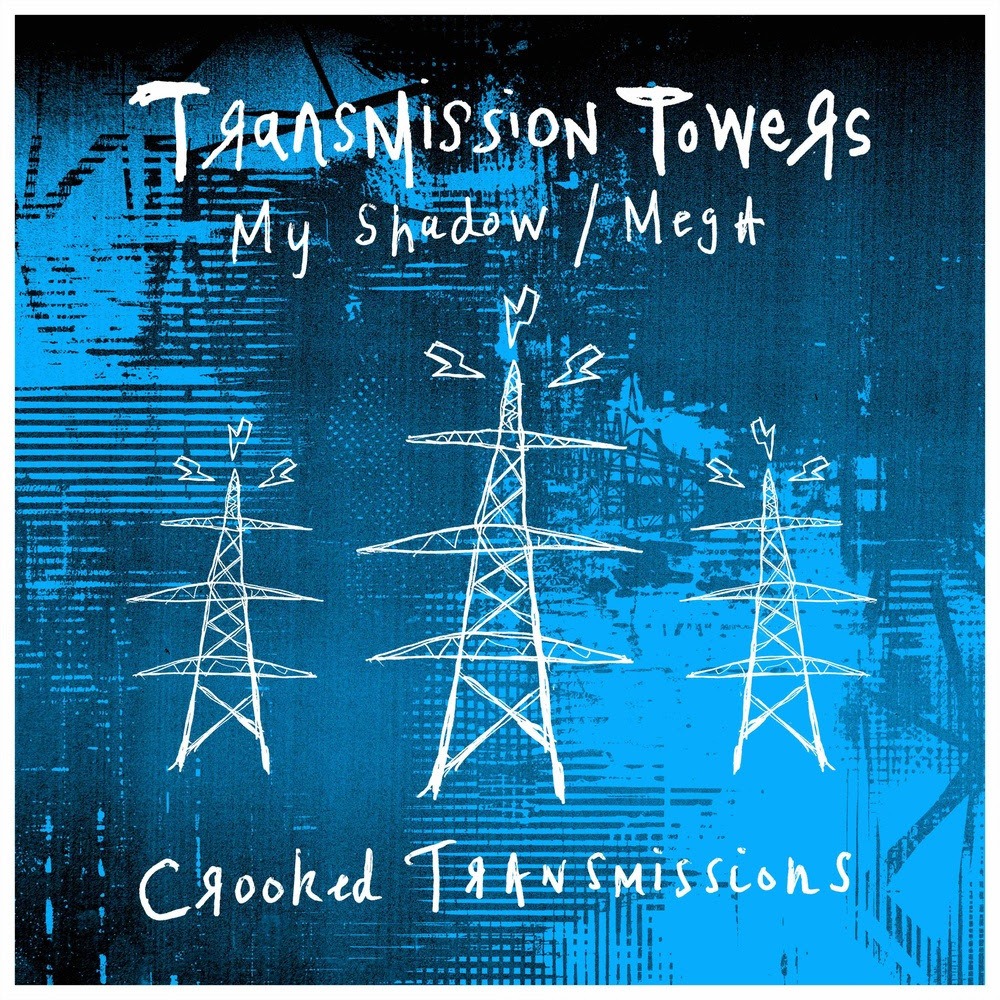

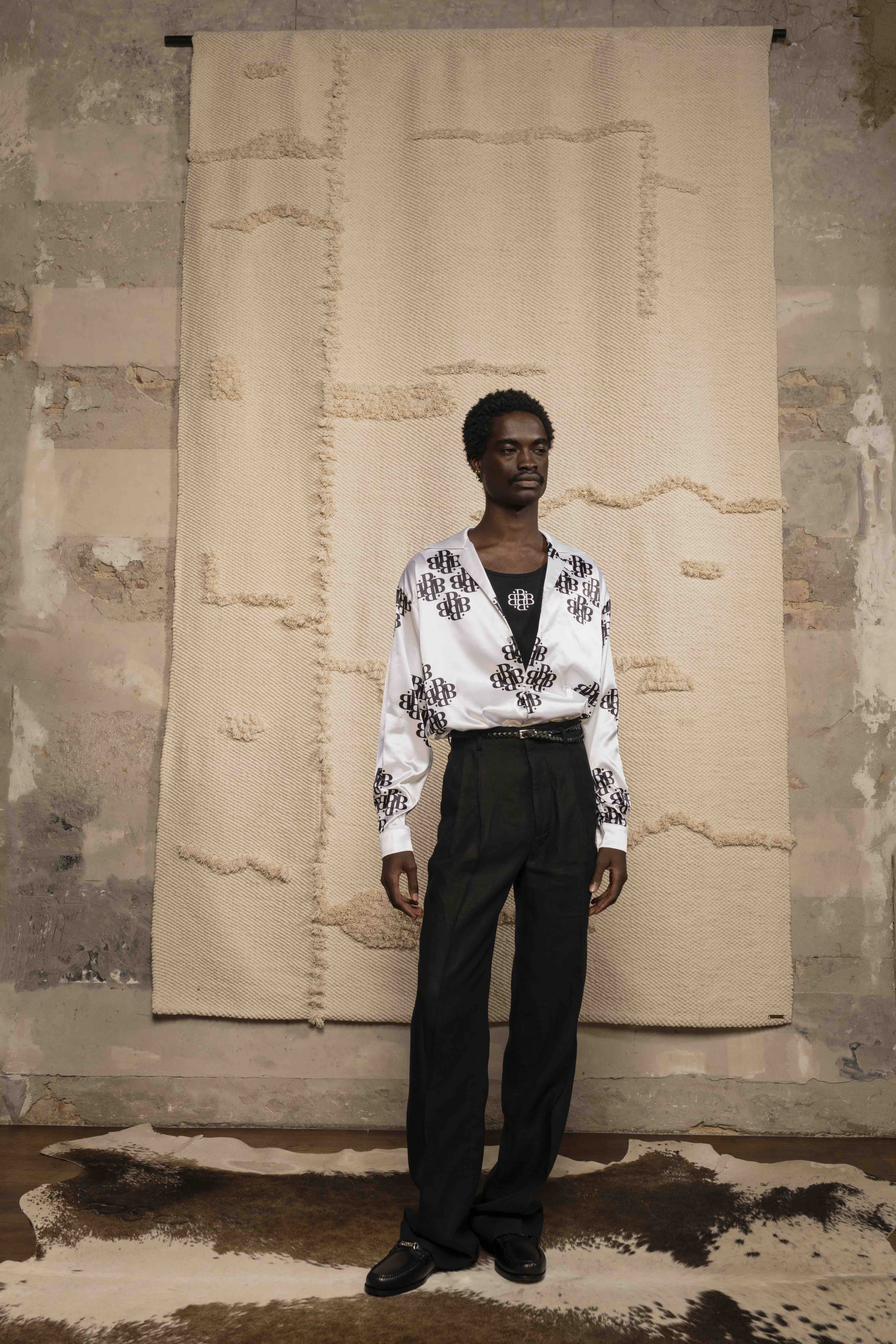
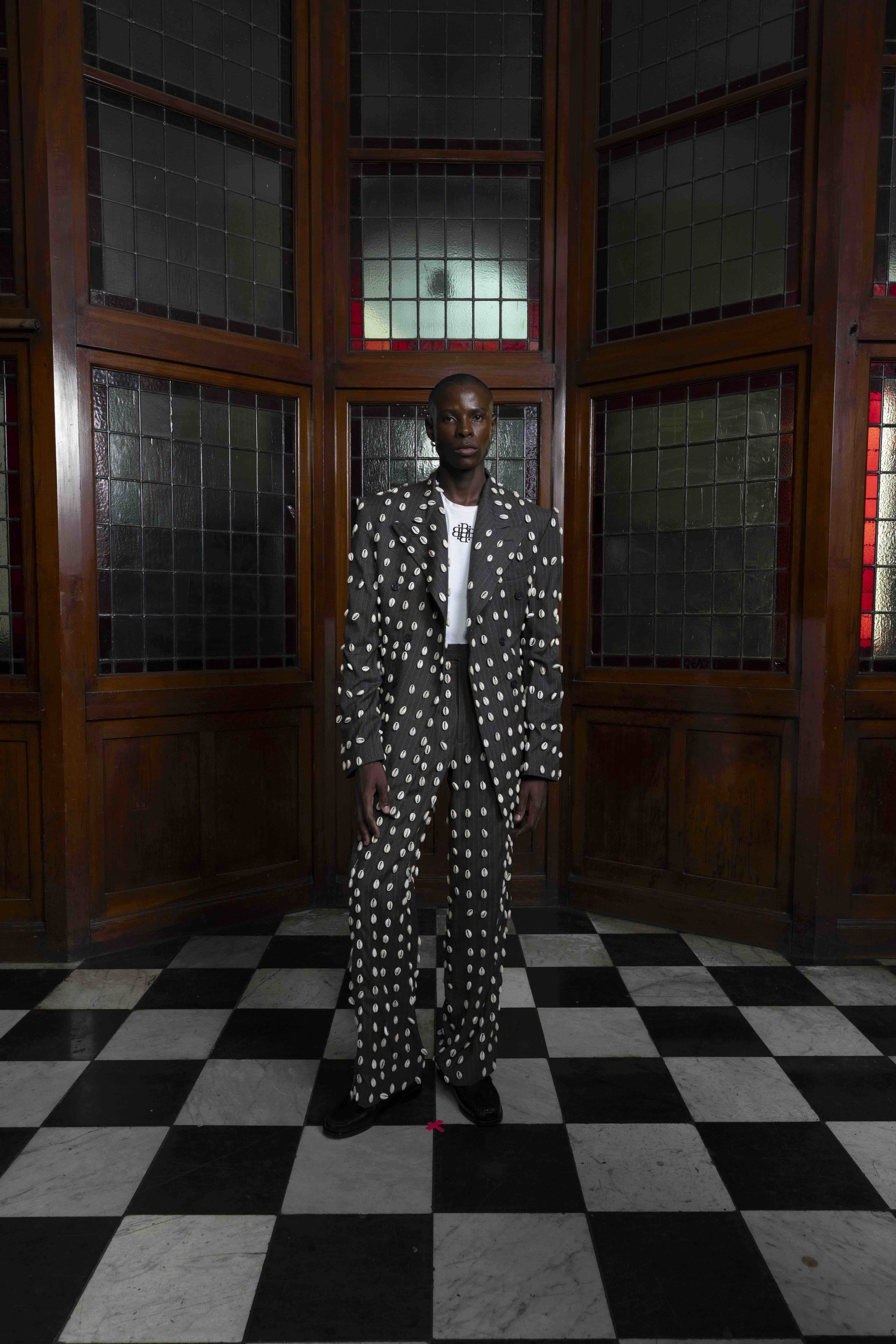

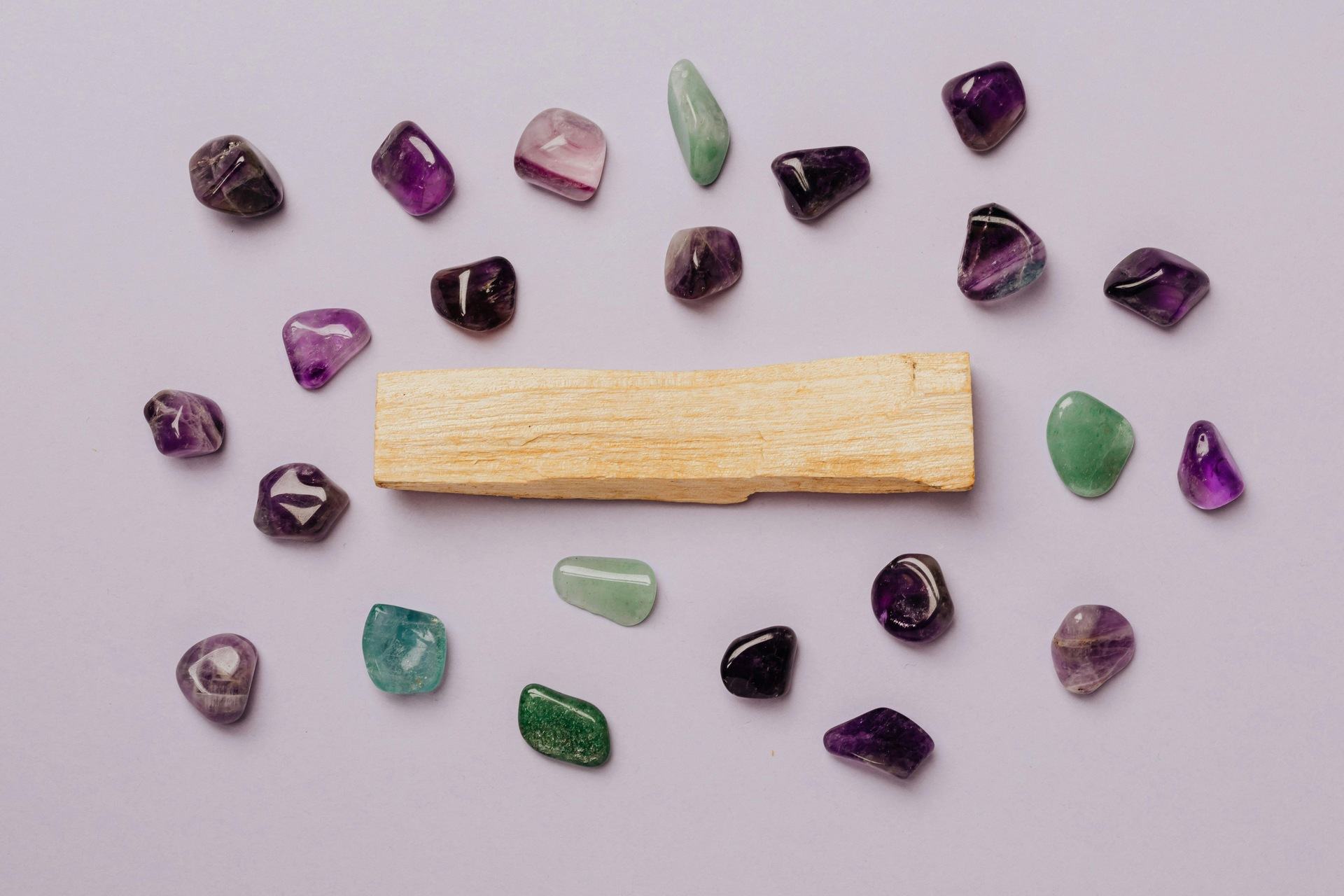


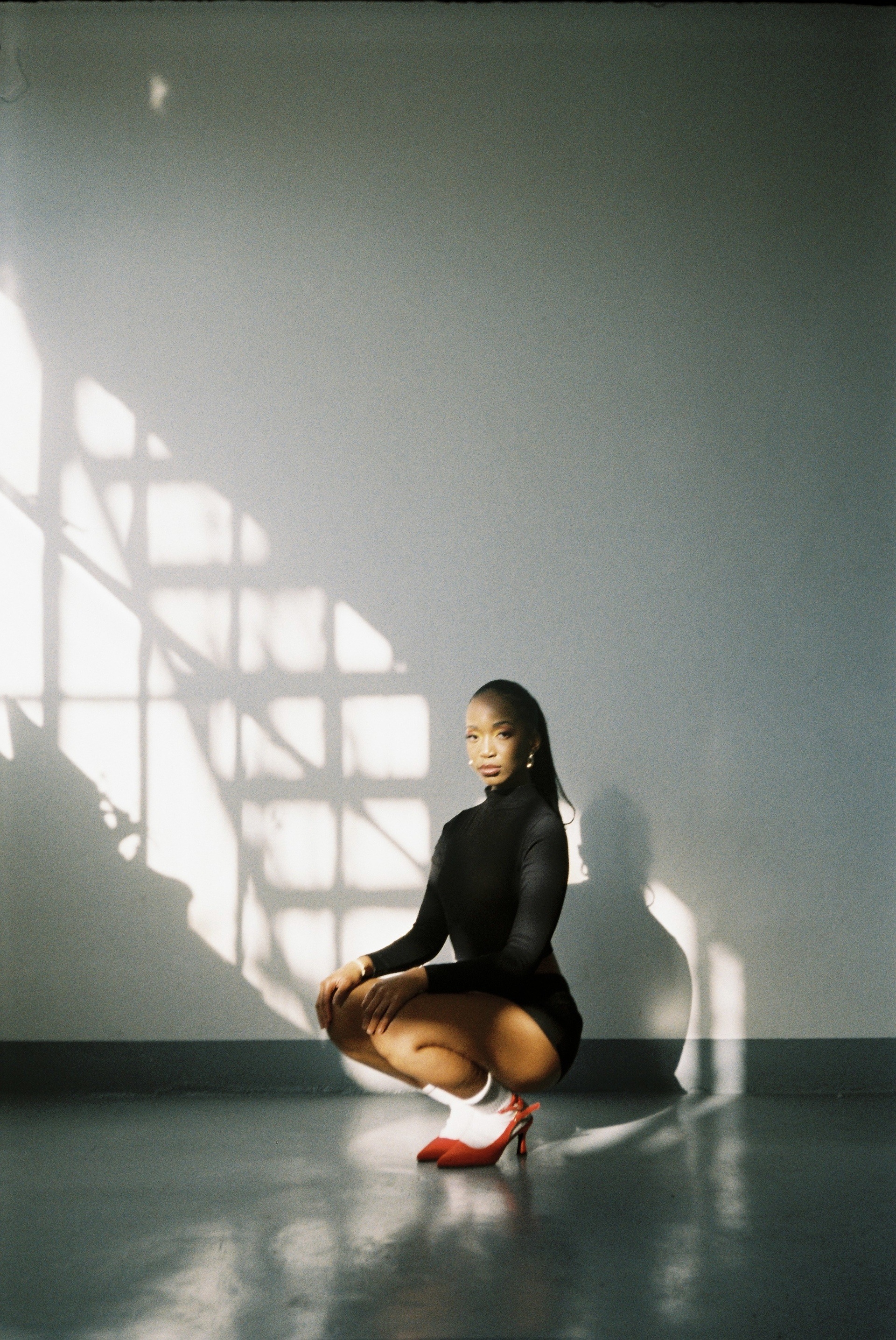
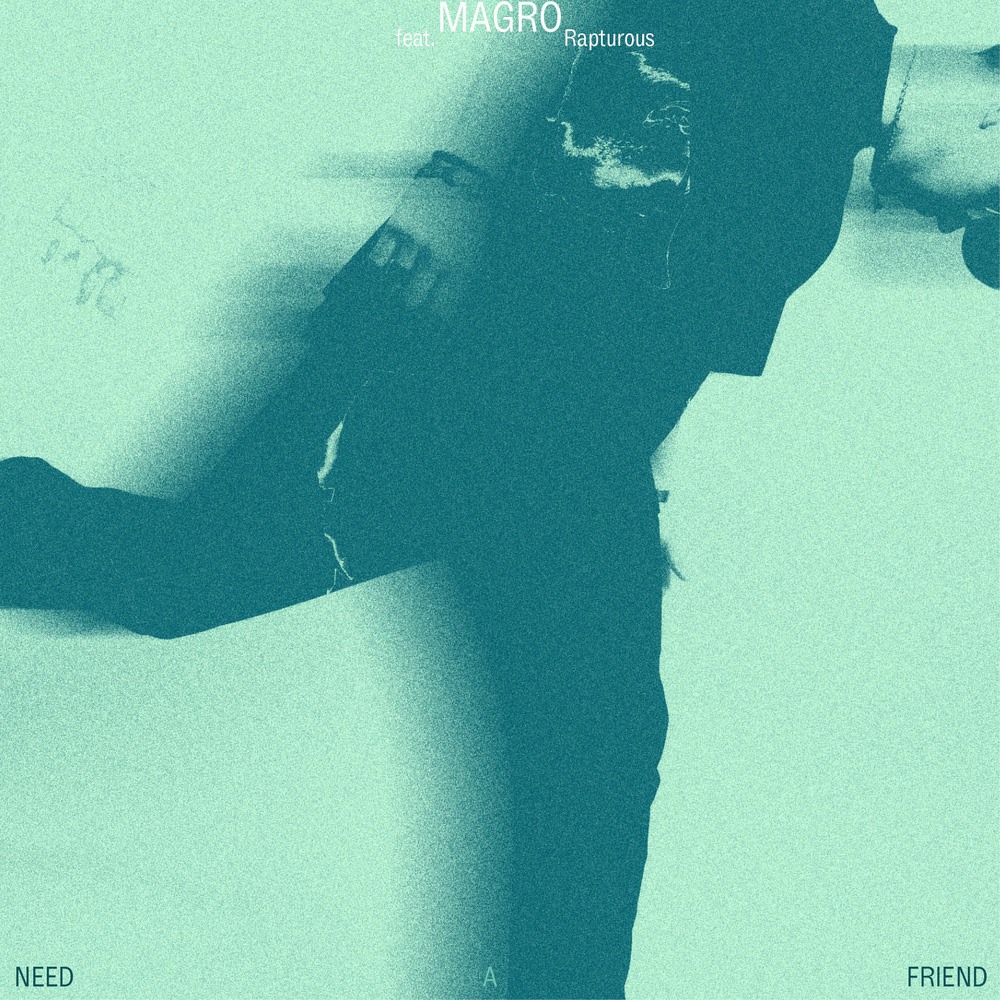
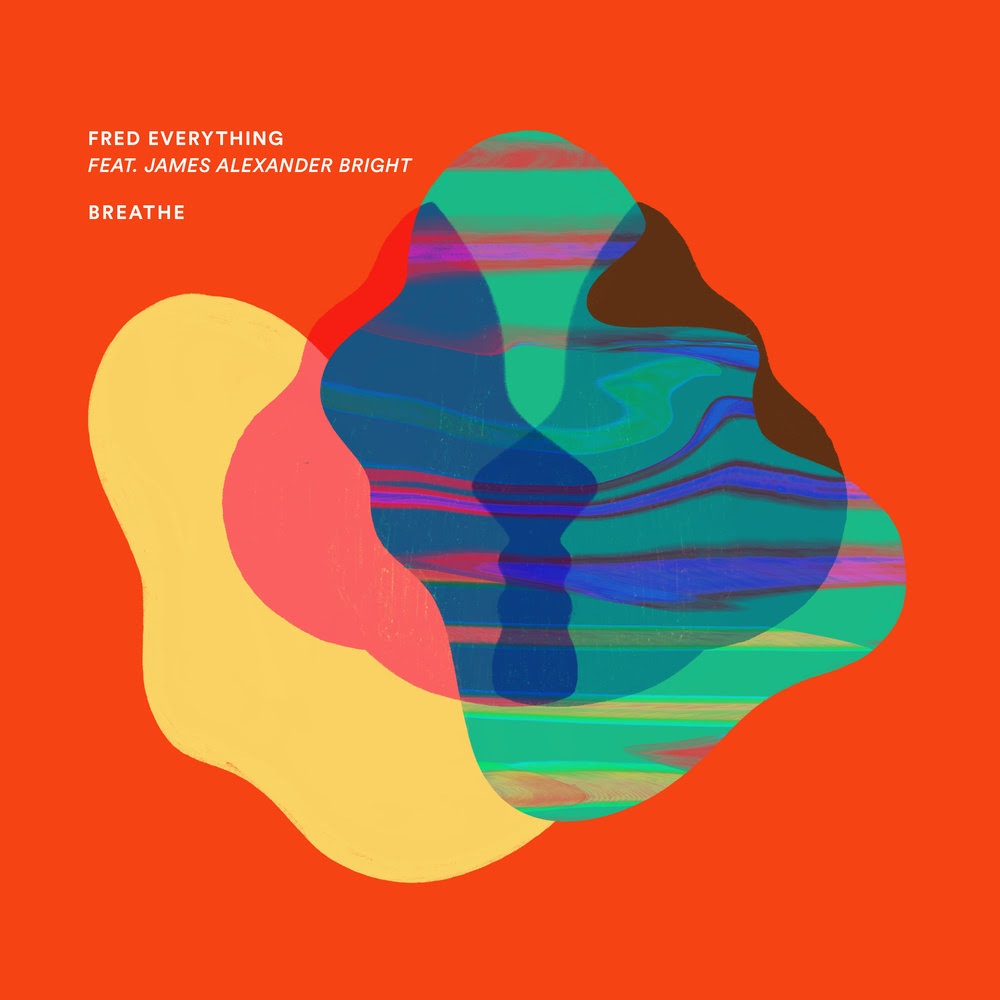
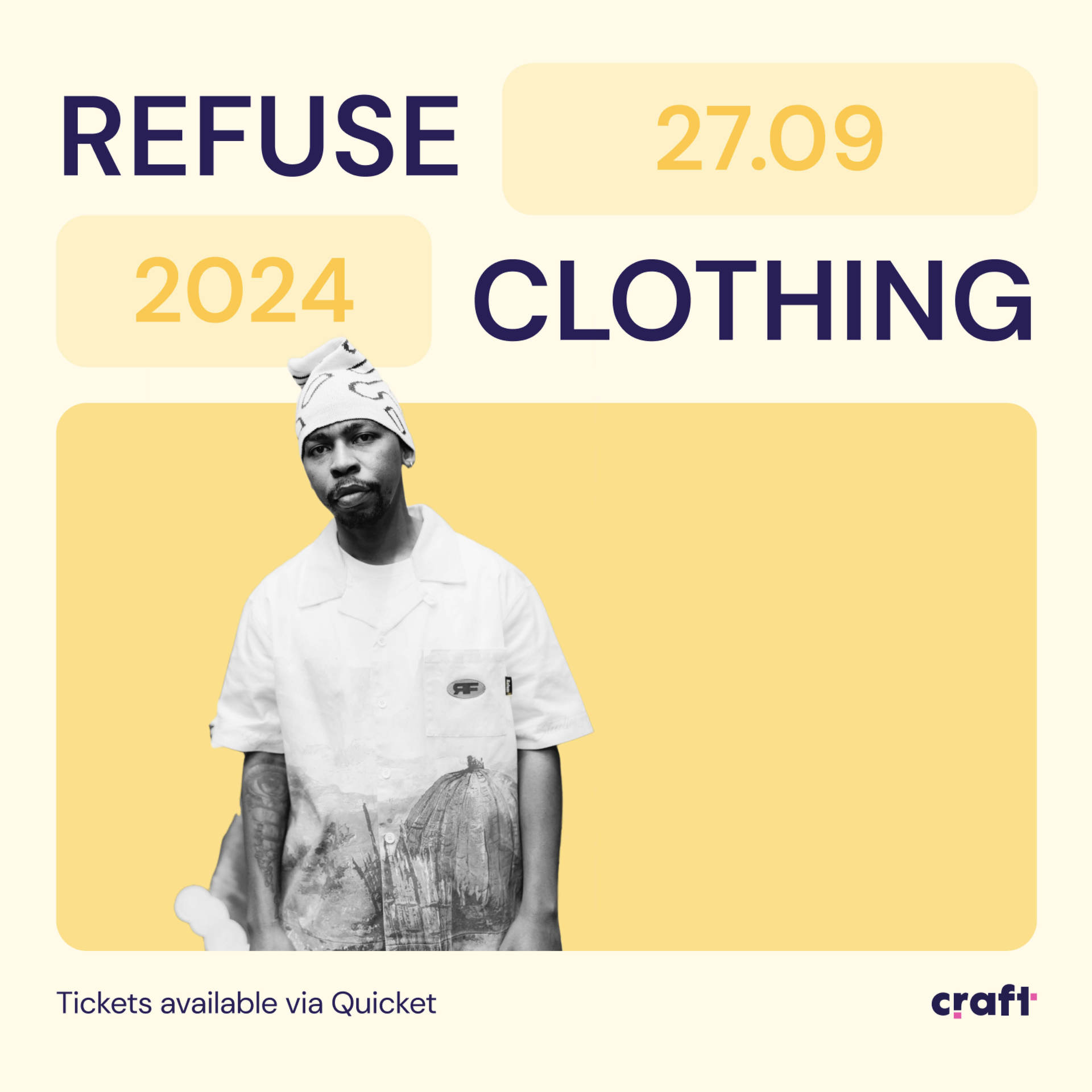

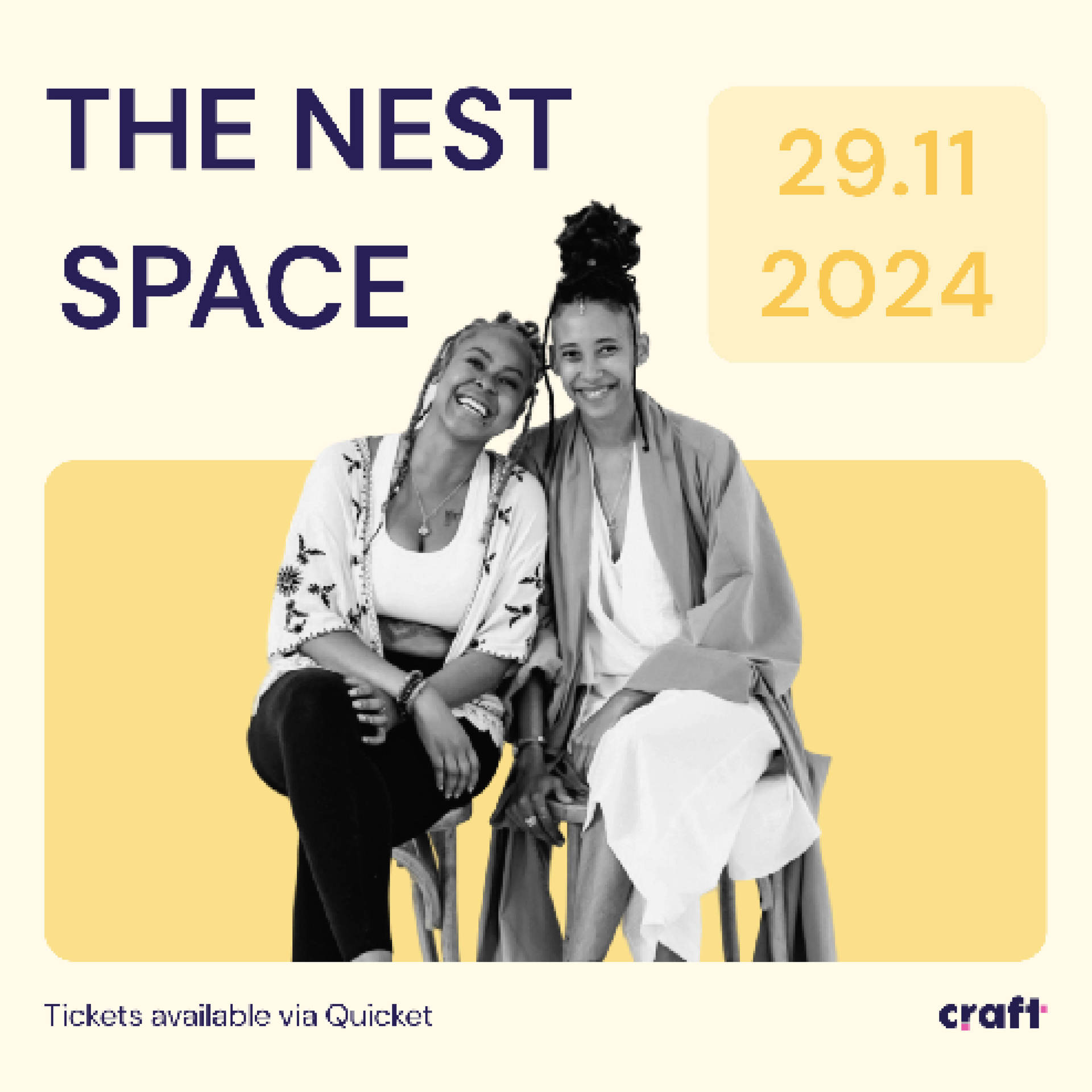
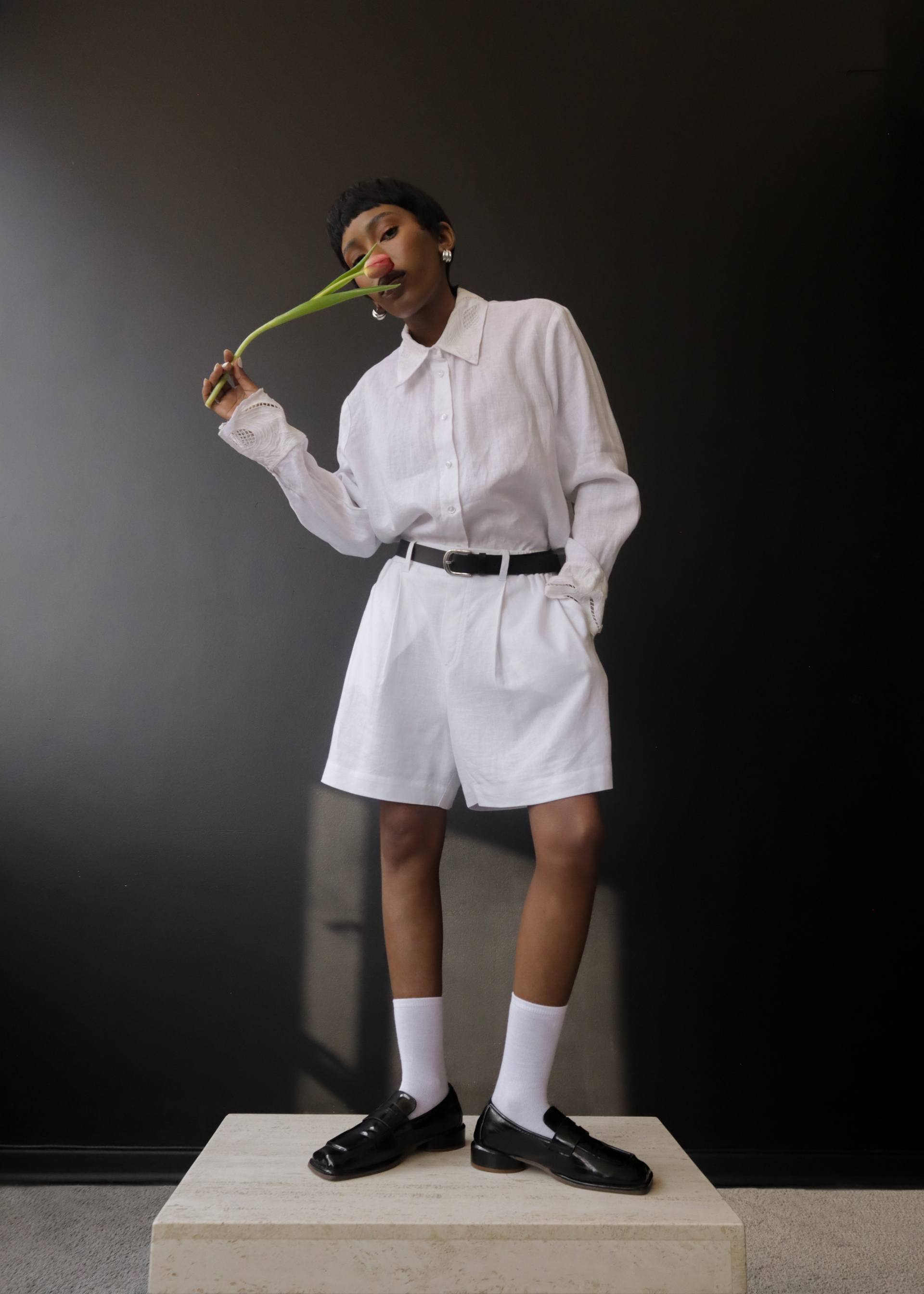

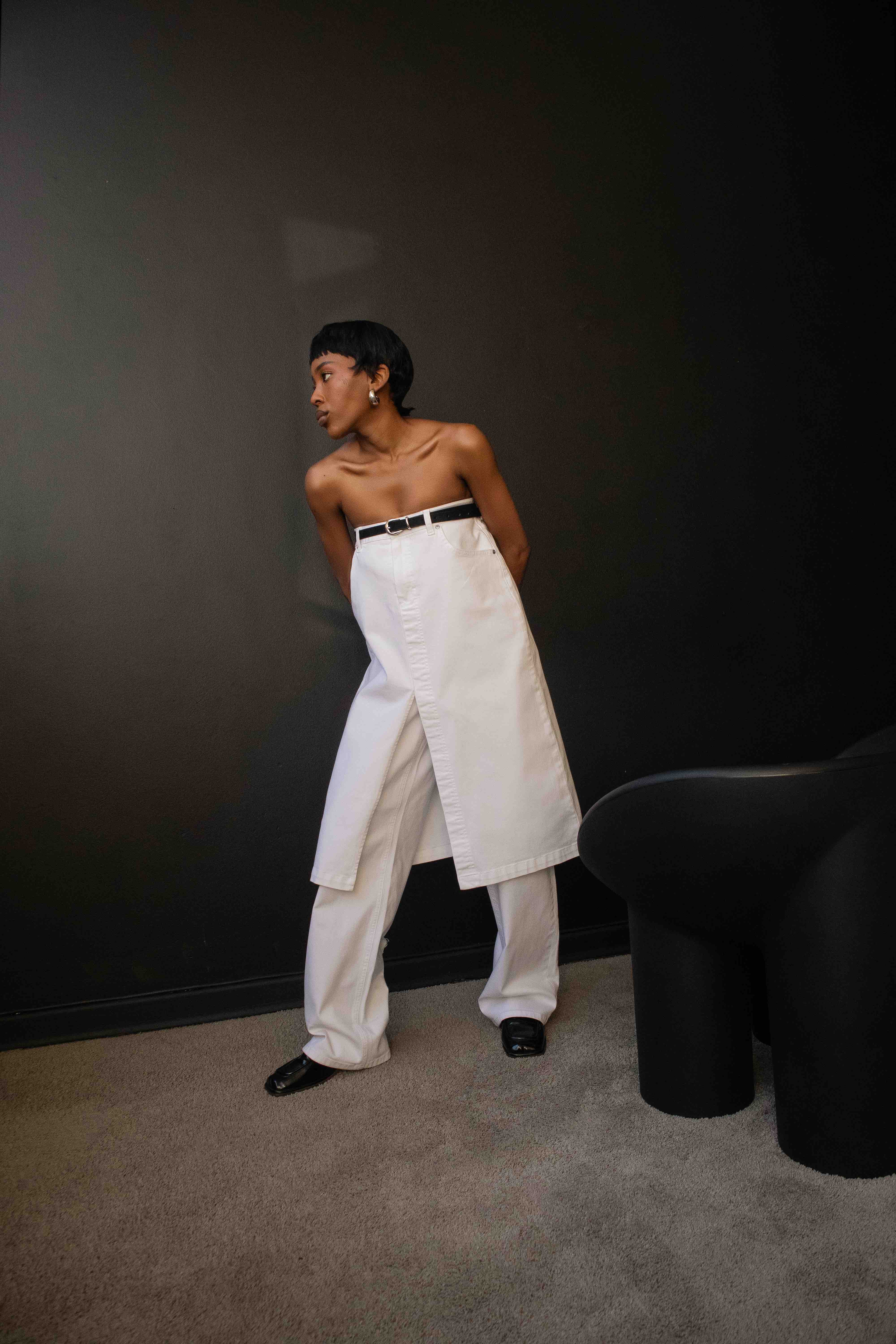
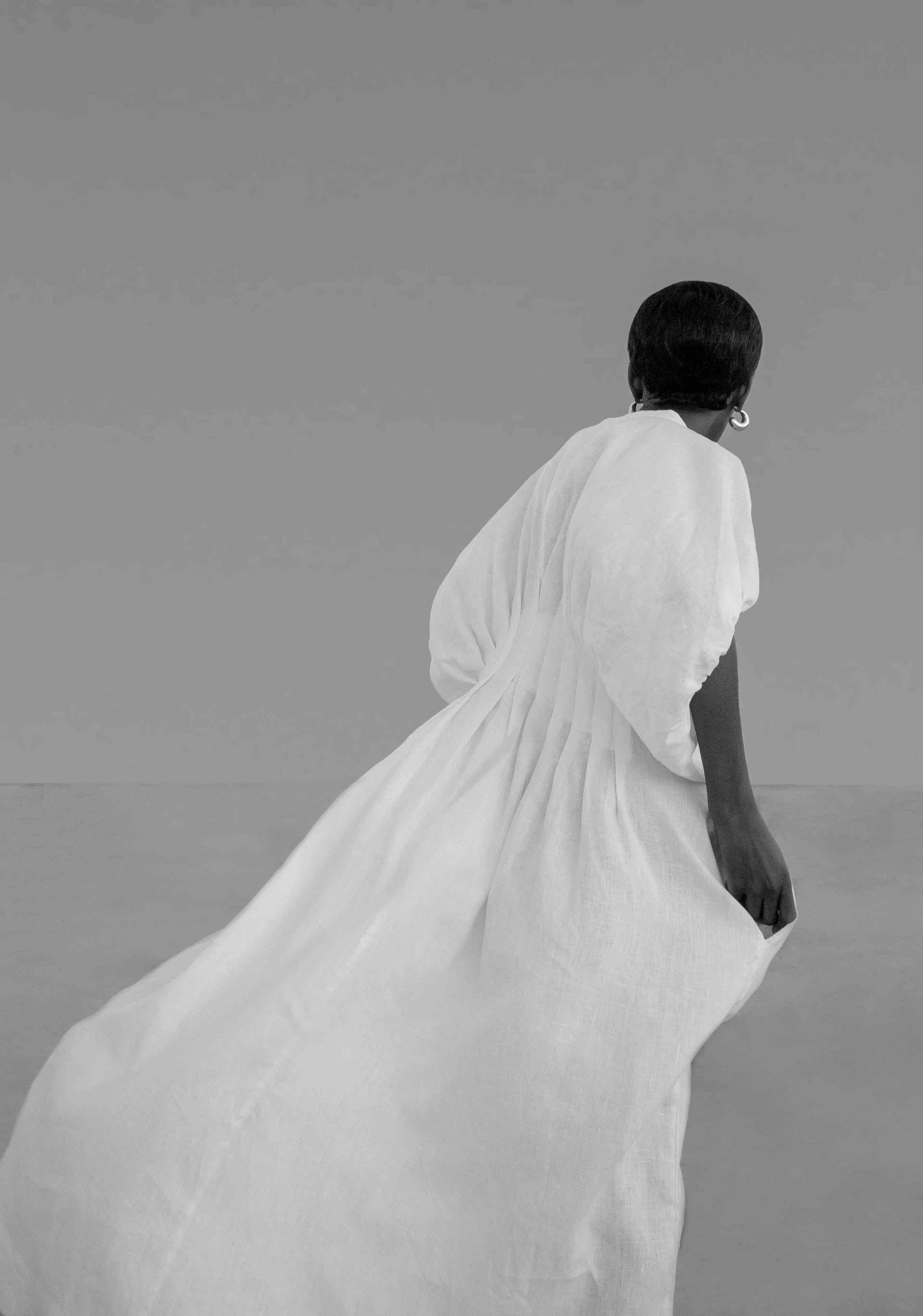

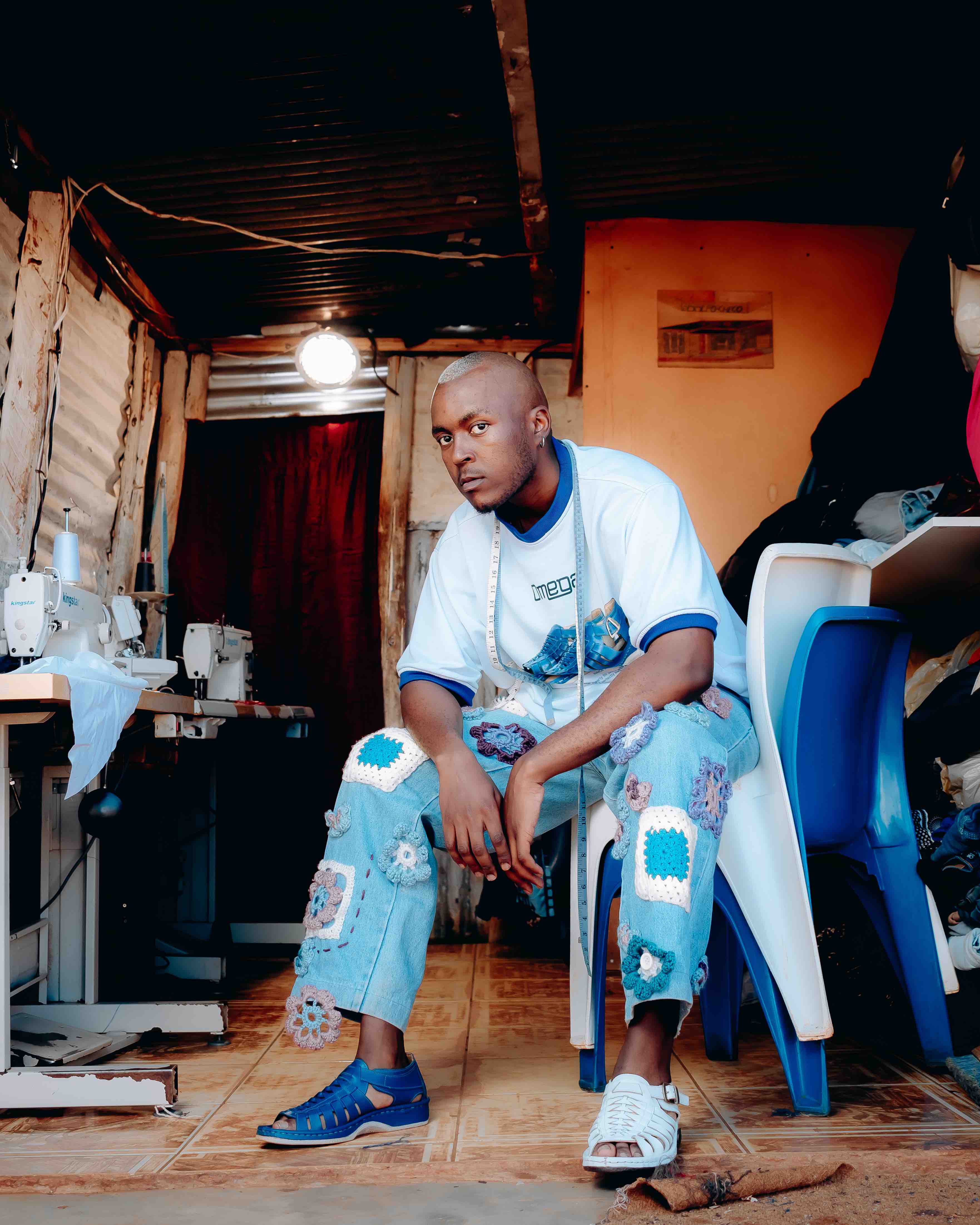
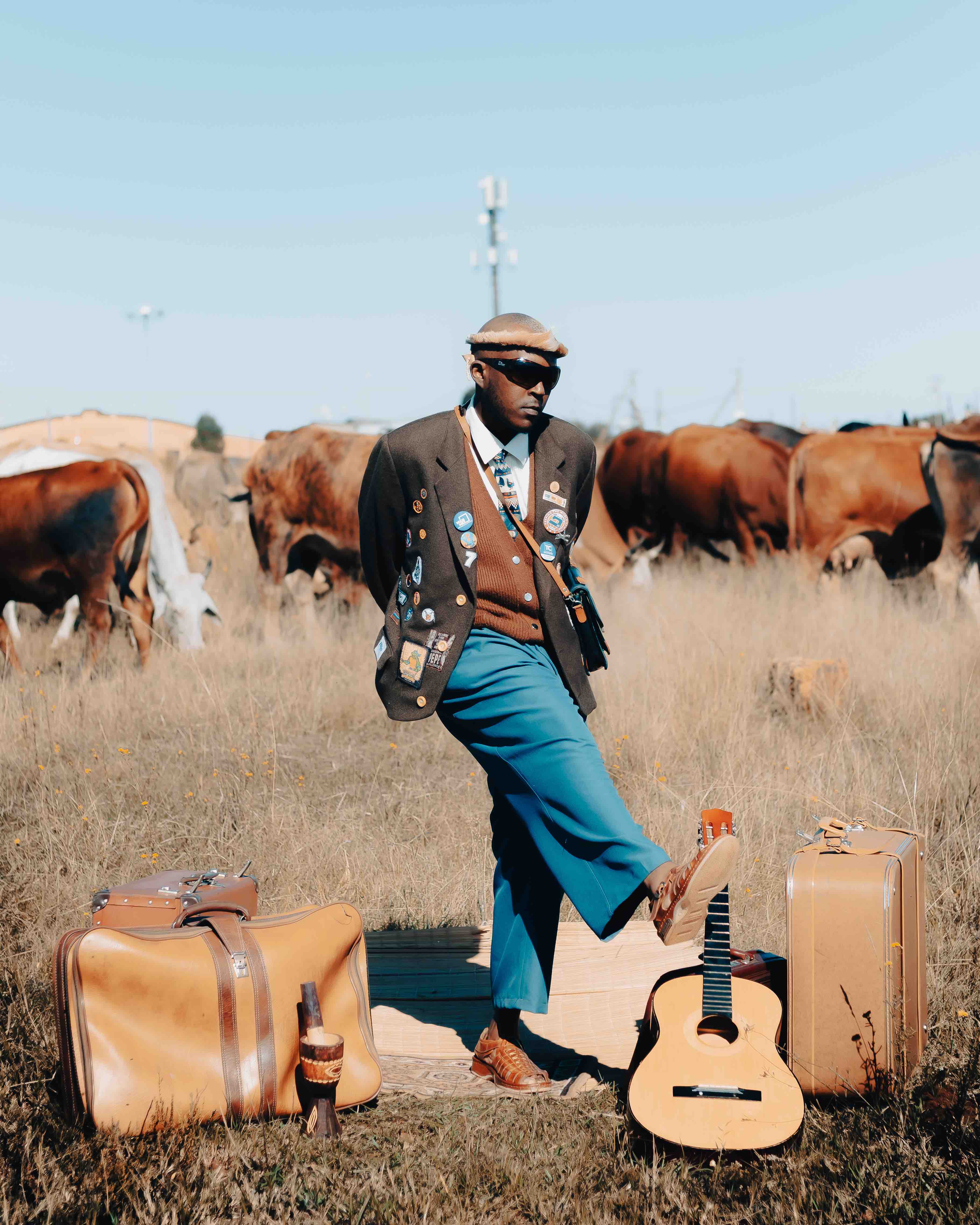
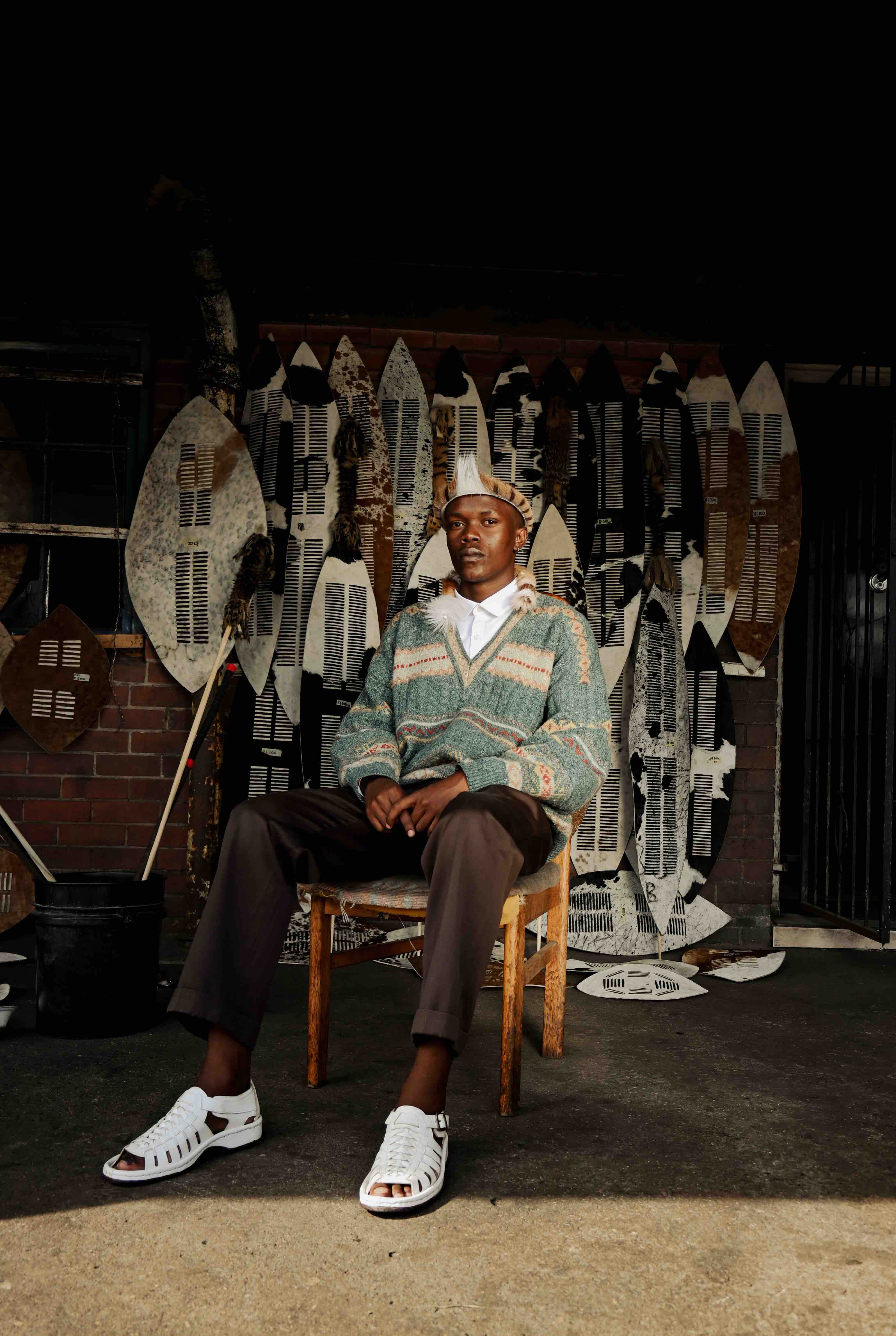
Recent Comments